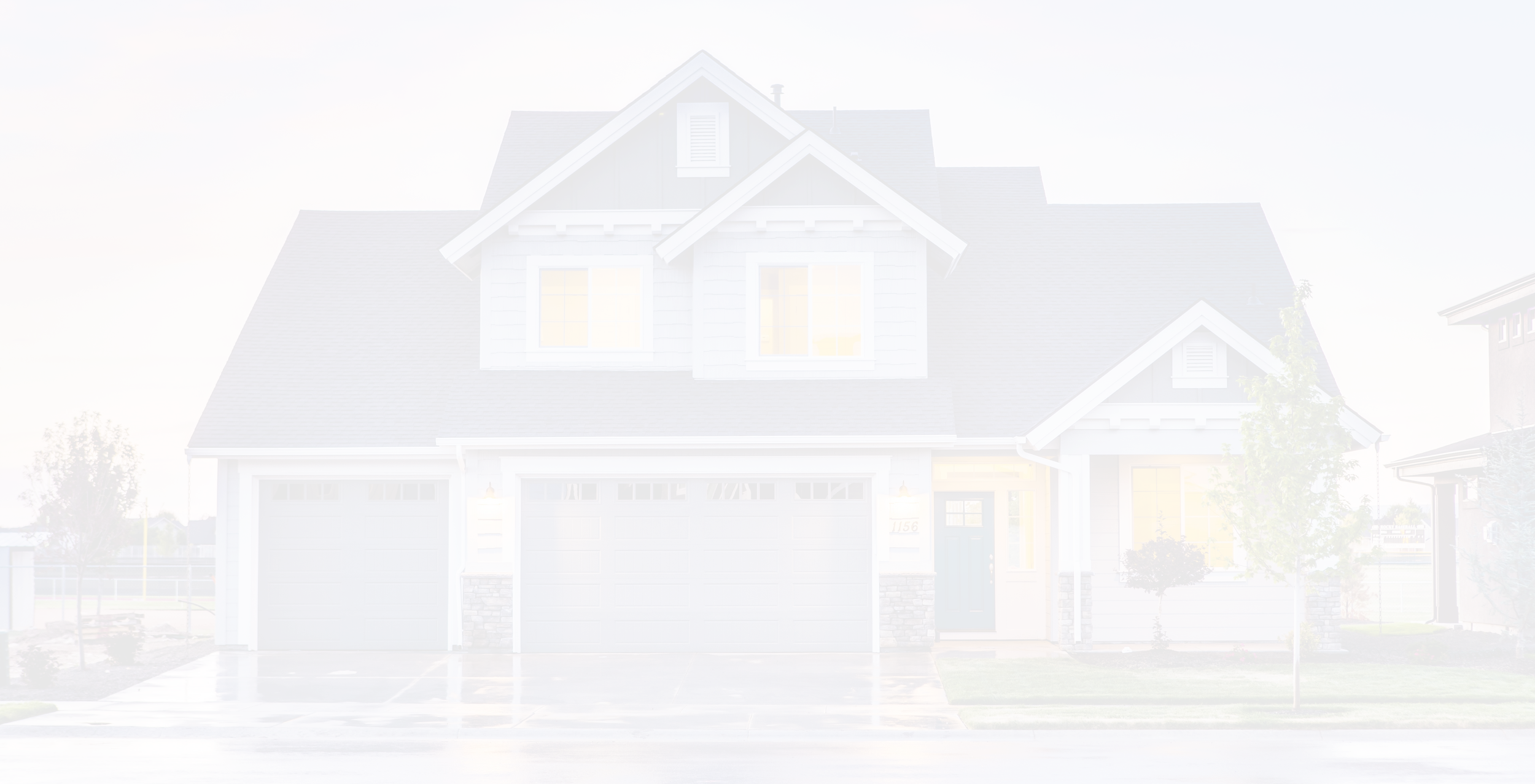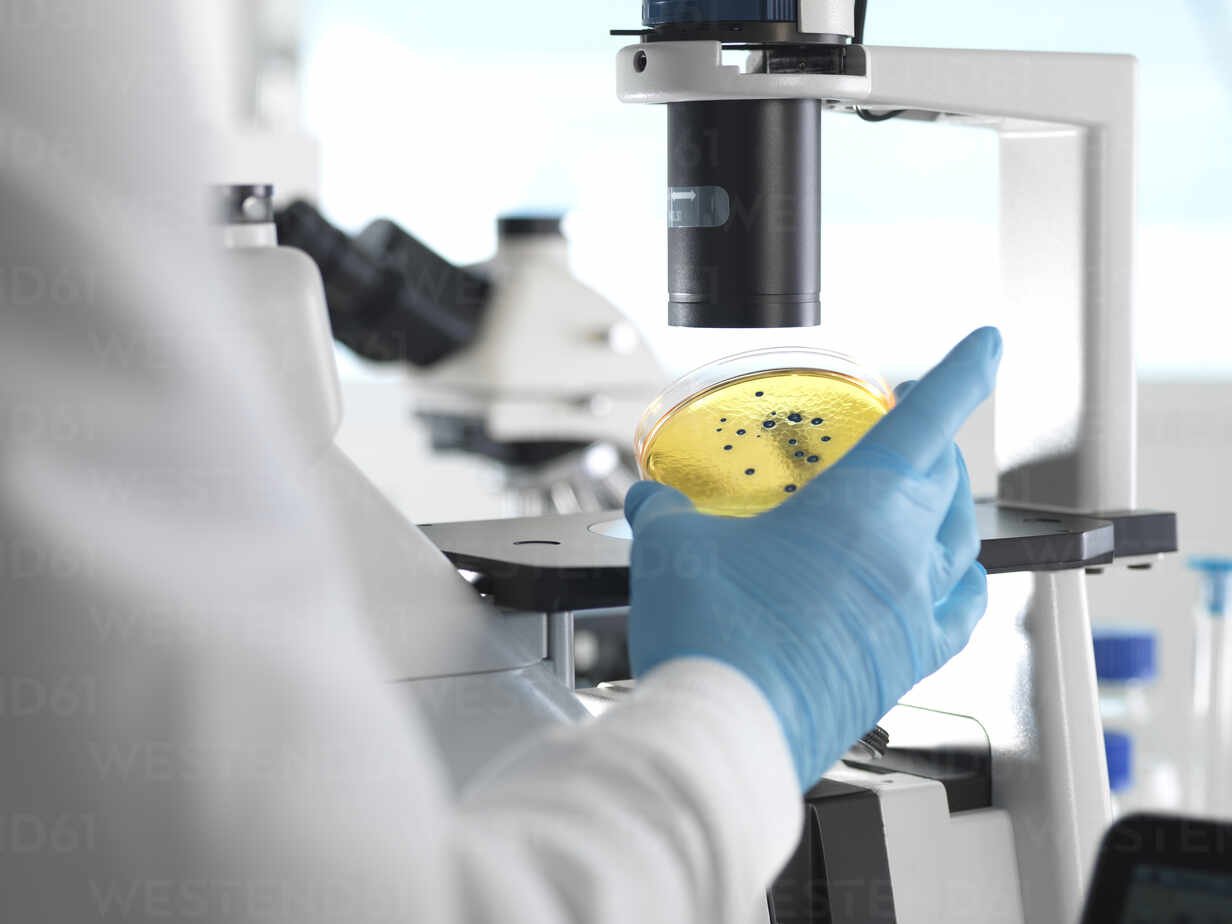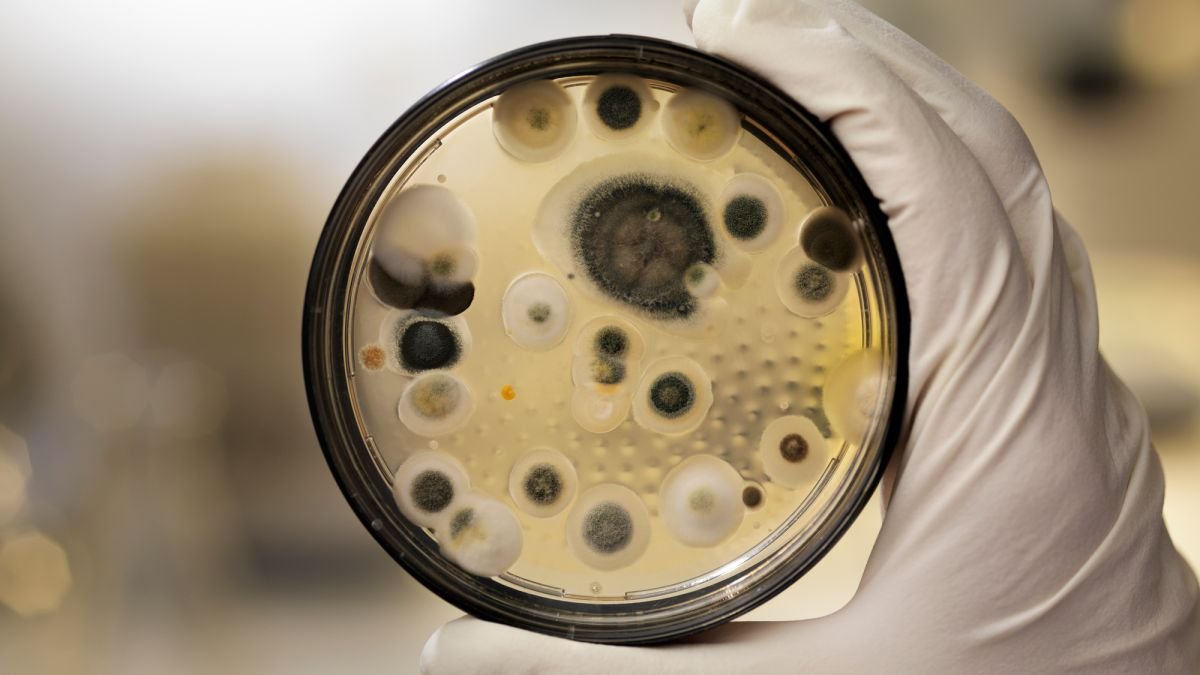
Mold & Air Quality Inspection
What is mold?
Mold is a fungus, and like all fungi, it thrives in moist places. Mold spreads by emitting spores, microscopic particles often as small as a single cell. Spores float around in the air until they land on a surface. Mold spores are everywhere, outdoors as well as inside your house.
Luckily, mold spores only form mold when they land on a moist surface. That means that if you can keep the interior of your home dry, you can avoid having any problems with mold. The best way to prevent mold in your home is to clean up spills, repair leaks in your roof, plumbing or HVAC system and make sure your kitchen and bathroom are properly venting moisture out of the house.
There are two major reasons to clean up and remove any mold growing in your house: mold damages the surface it is growing on and mold may aggravate allergies or asthma.
What do you look for?
Mold inspections begin with a thorough walk thorough of the home where the inspector will look for any signs of conditions that might be conducive for mold growth. These signs would include excessive moisture, evidence of roof or pipe leaks, high relative humidity in the home, and more. The inspector will use a moisture meter as well as a thermal imager to help determine if the areas have active moisture. Active moisture, if left unresolved, can lead to mold growth.
To ensure that there is not mold that is undetected through a traditional visual inspection, the inspector will take various air samples throughout the home. The sampling and consequent lab results will confirm that the air quality within the home does not contain any harmful mold spores. The inspector will take one (1) exterior sample as well as two(2) interior samples. The samples will be then sent to a lab and tested by professional mold experts to determine spore counts of various genus. The lab results will be then analyzed by the inspector and a determination about the air quality within the home will be provided to the client.
Can I fix it?
If the mold inspection finds mold in your home, the next step is to make a remediation plan. This always begins with removing the source of the moisture that’s allowing the mold to grow. If you fail to remove the moisture, you can clean up all the mold and it will just grow back. Then, hard surfaces can be scrubbed and washed. Soft surfaces like carpets or foam tiles have to be cut out and replaced. It is impossible to clean all the mold off of porous surfaces.
This can be a do-it-yourself job if the mold is only in a small area. If the mold contamination exceeds 10 square feet, the EPA recommends calling in a contractor experienced in mold remediation. Mold can be dangerous, or at least unpleasant, to work with, especially for someone with allergies or asthma. That’s why larger contaminations are better left to professionals with the correct safety gear and cleaning equipment.





